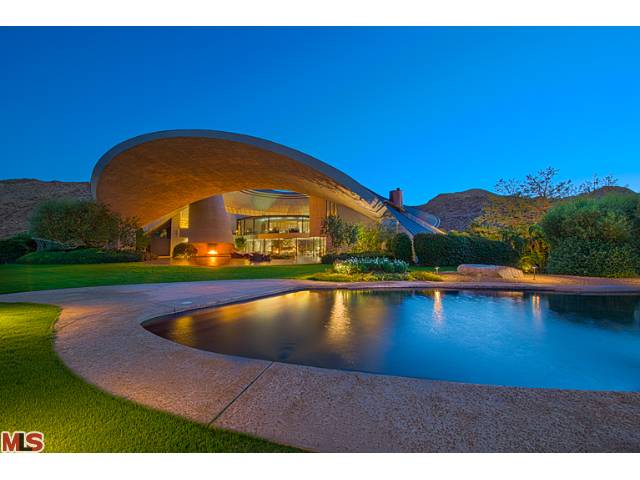As the client-server technology became popular amongst ERP developers SAP launched its SAP R/3, in this, R stands for real time data processing and 3 stands for three tier residential architects in Palm Springs. Due to use of this technology this version of SAP ERP was compatible with multiple platforms and operating systems. The latest version of SAP ERP is SAP ECC 6.0 which is successor of R/3 architecture.
Previously ERP software use to run on 2 tier architecture comprising database or server and client. This not only slowed the processing but limited the number of users. In big organizations which are working at different locations and with large number of employees such an application was very problematic. The three tier architecture provided a layer in between client and server to streamline the queries fired from client to database and the output send from database server to the client. The SAP R/3 was based on this technology which made it usable by any number of users without any negative effect on its processing speed and response time.
SAP R/3 architecture is based on application server, database server and presentation server, the application server is the third layer which was added to the previous two-tier architecture to make it three-tier architecture. The presentation server of SAP R/3 works as GUI and is an application called as sapgui.exe. This application is installed at the client system which takes the input and sends it to the application server which processes the requests and revert back the results or the output of the input.
The application server consists of executable applications developed in ABAP. Services are distributed on many application servers and a message server helps in maintaining communication between many application servers. This design helps in distributing the workload according to the availability of the server with every new user. All the requests made by the client after getting processed by the application server are transferred to database server which then carries out the tasks like data storage, retrieval and modifications. The output is then sent back to application server which is processed and passed to the presentation server in SAP R/3 architecture.
The benefit of this architecture, apart from number of users and speed, was the integration of other modules with key and frequently used modules. The key modules of the company were at the one place while all the activities within those modules could be reflected in other related modules in real time. This also immensely improved the performance of reporting and analytical tools and management of different divisions working at different locations. Large organizations could install this ERP which would work as an independent application for the division and could also provide consolidated view of the whole organization at the highest level in real time.

More Stories
How Bronx No-Fault Doctors Prepare Medical Records for Court Evidence
Pain Management Options Offered by New York Car Accident Doctors
Safepal: Revolutionizing Cryptocurrency Security with Cutting-Edge Solutions